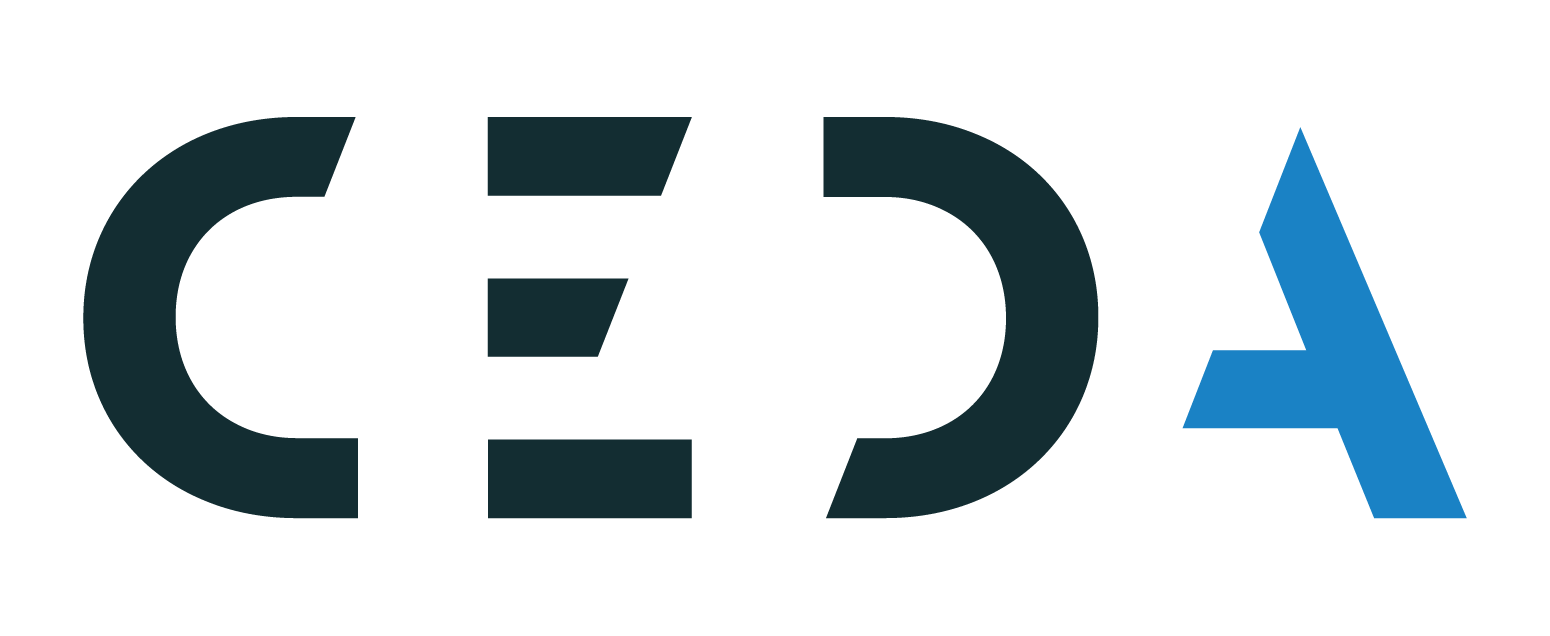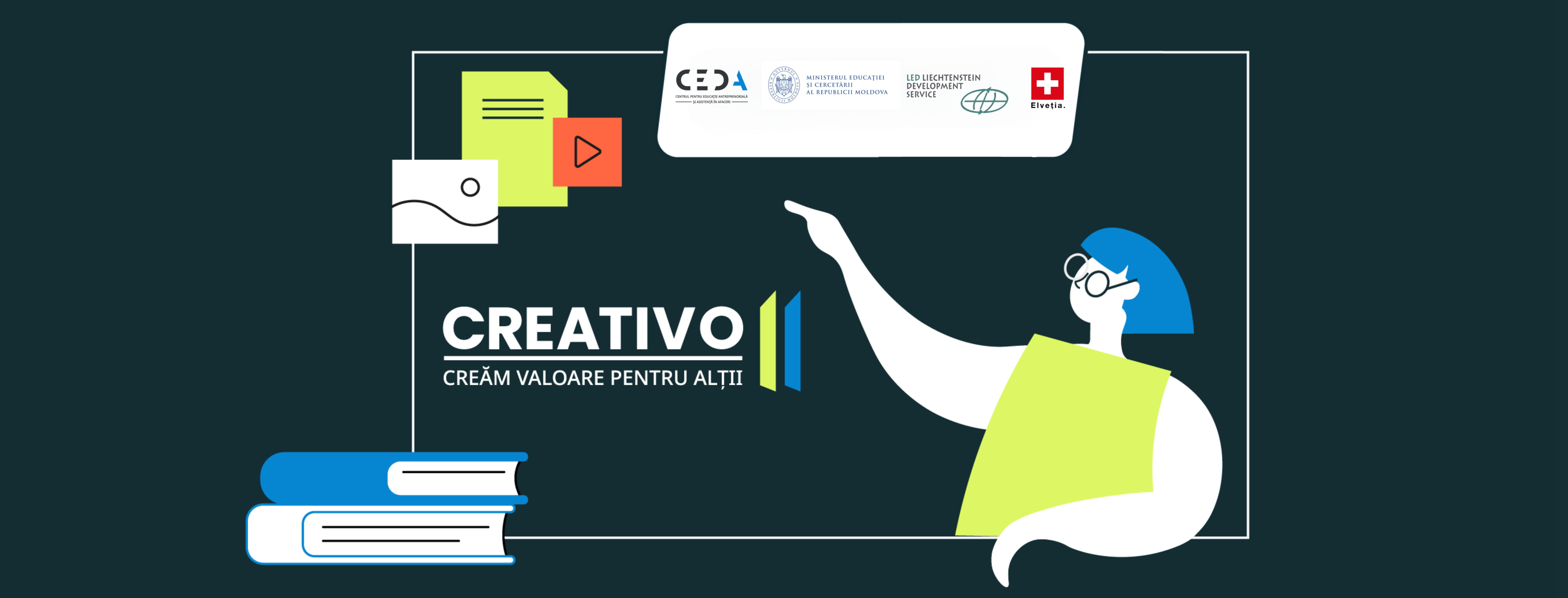The following are considered as own contributions: costs of employed labor, the value of own work, the value of equipment and machinery, the value of the property where the activities will take place, etc.
VET institutions that practice dual education are advantaged, but it is not a mandatory condition for participation in the project. All public VET institutions can participate. The best proposal will be evaluated and selected by a committee based on the points accumulated.
The development and expansion of vocational training courses are eligible as project proposals under Component A if they meet the needs of employees in the private sector.
The CREATIVO project aims to develop entrepreneurial perspectives and therefore addresses and encourages partnerships between VET institutions and the private business environment. The CREATIVO project does not target state-owned companies.
For Component A, student involvement is not mandatory, but they are indirect beneficiaries of the results achieved by VET institutions following the project implementation. However, student involvement is mandatory for Component B (entrepreneurial activities), where students can participate in production, promotion, design, client identification, and more.
Renovating a room is not the main objective of the project. However, the applicant can justify the need for such works by adhering to the cost-benefit principle. The renovation costs can be included as part of the VET institution’s own contribution as well as contributions from private sector partners. The selection and evaluation committee will review each case individually.
It will be necessary to clearly define the project proposal, specifying the potential clients/beneficiaries who will be targeted. Partnerships with economic agents can contribute to promoting the entrepreneurial activities developed within the project.
If the activities contribute to achieving the project objectives and align with the business plan (expansion and development of the business), along with demonstrating a cost-benefit ratio, then the project proposal is eligible under Component B (entrepreneurial activities).
This is possible. Depending on how you envision the extension and/or development of the activities you are currently undertaking, you can apply under Component A or Component B.
Only one component can be supported under the CREATIVO Project.
The decision regarding the duration or number of beneficiaries for the courses is up to the vocational education institutions, depending on each individual project proposal.
Selected vocational education institutions will establish collaborative partnerships with private companies for delivering the training courses, so the duration of the project implementation will take into account the needs and agreements with private sector partners and will adhere to the cost-benefit principle.

